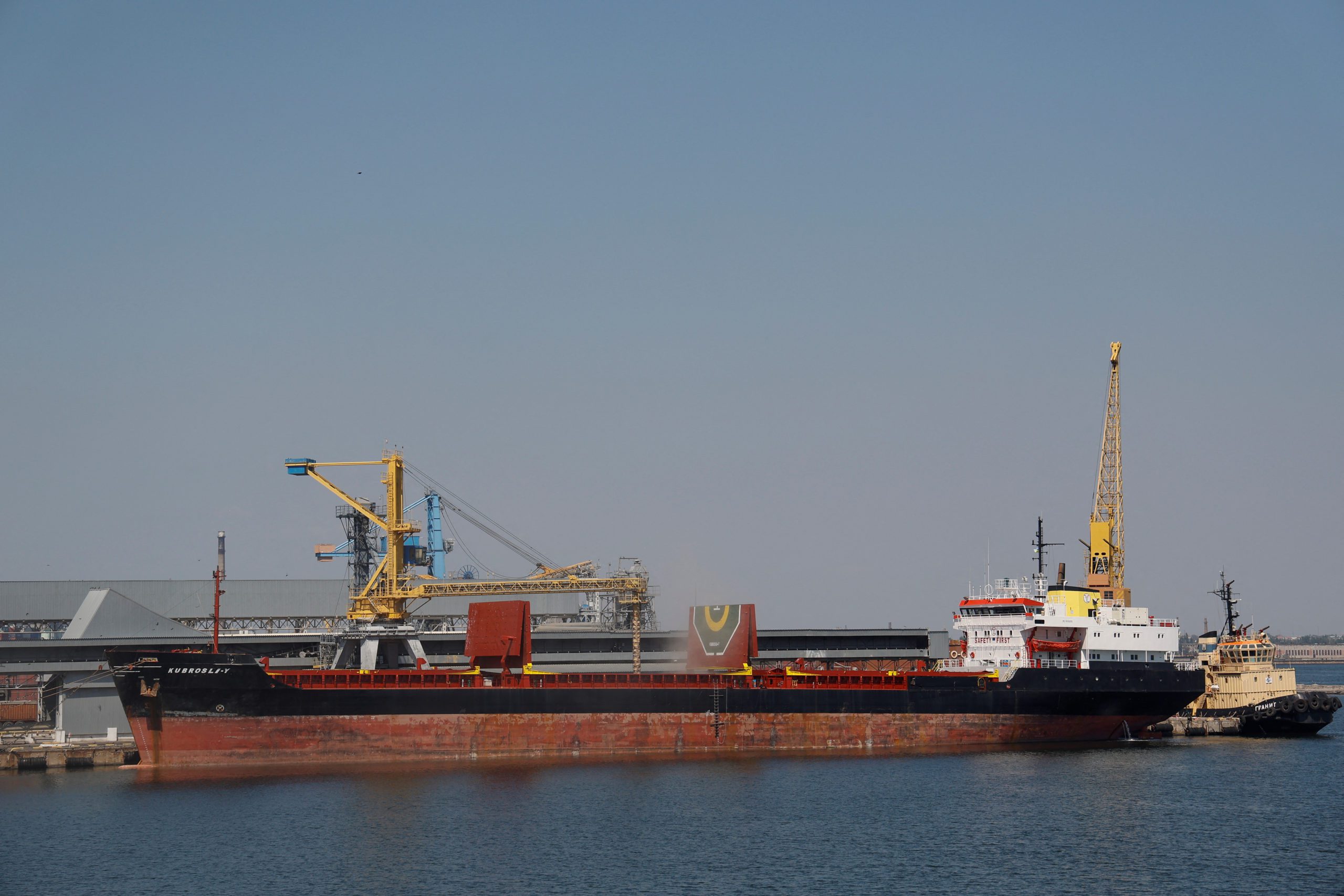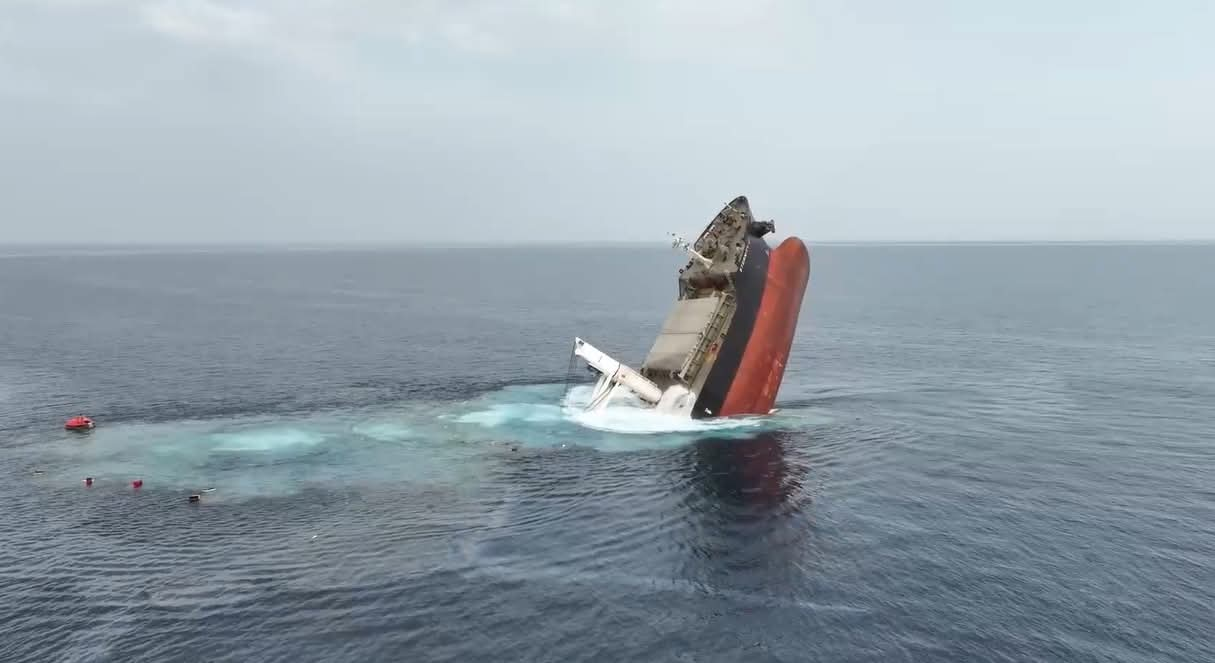By Jonathan Saul
LONDON, Feb 24 (Reuters) – Insurers are facing half a billion dollars in claims for up to 60 commercial ships still stuck in Ukraine a year after the start of the war with Russia, industry sources said.
When the conflict started, more than 90 merchant ships – many with food cargoes onboard – and some 2,000 crew members were caught in Ukraine and unable to leave due to the fighting.
Curtailed shipments from major grain exporter Ukraine played a role in the resulting global food crisis.
According to shipping and insurance industry assessments, there are still between 40 and 60 ships stranded, and ship owners can claim a total loss for vessels stuck for a year from their insurers.
With insurers already grappling with exposure to commercial aircraft caught up in Russia, the prospect of payouts will likely translate into higher costs for shipments from the region.
A senior industry source said exposure for the ships currently stuck was estimated at $500 million. “While aviation will be bigger, there are going to be claims,” said another.
London-listed Taylor Maritime Investments is among ship operators with a vessel and its corn cargo still in Ukraine. The company has tried to protect its asset through insurance, its chief executive Edward Buttery said.
“We have kept (insurance) cover in place for the duration. It cost a lot of money, but the ship is worth considerably more,” he told Reuters. “The liabilities for those people who have ships stuck there, to get those ships out – it’s a real headache.”
Despite military gains, many of Ukraine’s ports are still impacted by fighting, with floating mines around the Black Sea area adding to risks.
The largest port, Odesa, is part of a U.N.-backed deal enabling grain to leave three of Ukraine’s Black Sea ports, which has allowed some ships to sail.
It has prioritized the exit of dry bulk ships, but an estimated five vessels, including the Joseph Schulte container ship, remain stuck there.
Germany’s BSM, which manages the Joseph Schulte, has been trying to get the vessel out of Odesa for a year so far without success, a group spokesperson said.
Other Ukrainian ports not part of the U.N. arrangement – including no. 2 grains terminal Mykolaiv, where industry estimates suggest more than 25 ships are still stuck – remain blocked.
More than 300 mariners are still stranded, and in an open letter shipping associations called on the U.N. this week to evacuate the seafarers, saying “simply doing their jobs cannot come at the expense of their lives.”
Kitack Lim, Secretary-General of U.N. shipping agency the International Maritime Organization, said on Friday he was pursuing “all avenues … to allow for the safe departure of the stranded vessels and seafarers.”
In the meantime, with the Black Sea already listed as a high risk zone by the London insurance market, additional war risk insurance premiums of tens of thousands of dollars a day are common costs now alongside fuel and freight.
Since Jan. 1, when policies are renewed, reinsurers that provide financial protection for insurance companies have added exclusions for ships and planes for Belarus, Russia and Ukraine.
Since the introduction of exclusions this year, insurers who provide cover don’t have the cushion of reinsurance against big claims.
“There is not much we can do, but wait and try to understand what is going on,” Frederic Denefle, president of marine insurer association IUMI, said.
One of the difficulties emerging is if an underwriter pays a constructive total loss and then takes ownership of the ship in Ukraine, “which is the last thing they want to do,” said Marcus Baker, global head of marine and cargo with risk advisory and insurance broker Marsh.
“It will be interesting to see how the market settles these claims,” he said. “There is going to be some form of constructive agreement I suspect, but then that owner will have to buy war risk insurance all over again.”
“If the ship is stuck there for another 12 months, will they get paid twice? No one has come across this situation in this level of detail before.”
(Reporting by Jonathan Saul; Editing by Veronica Brown and Jan Harvey)
(c) Copyright Thomson Reuters 2023.

 Join The Club
Join The Club












